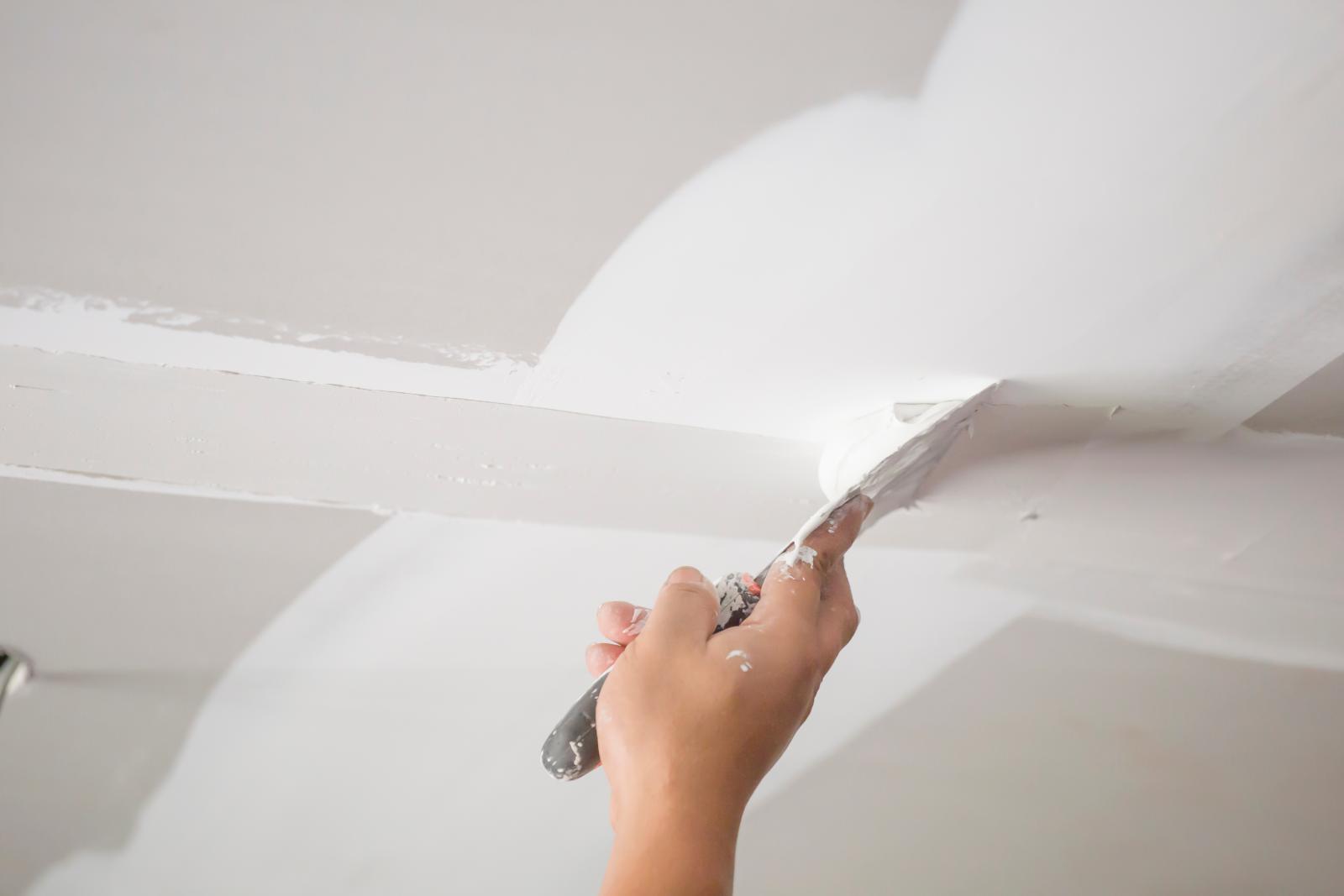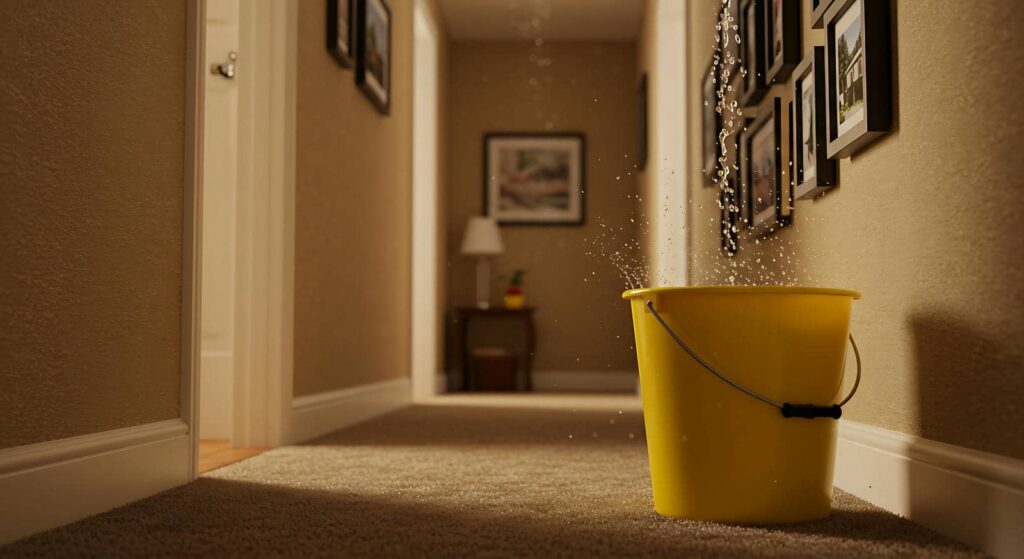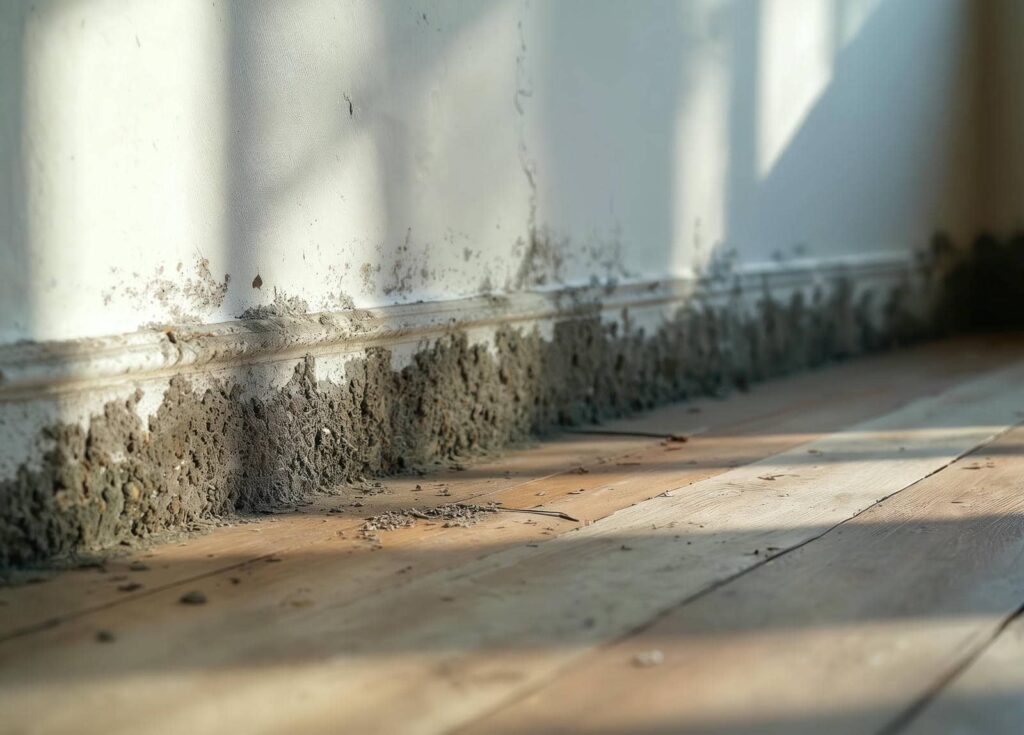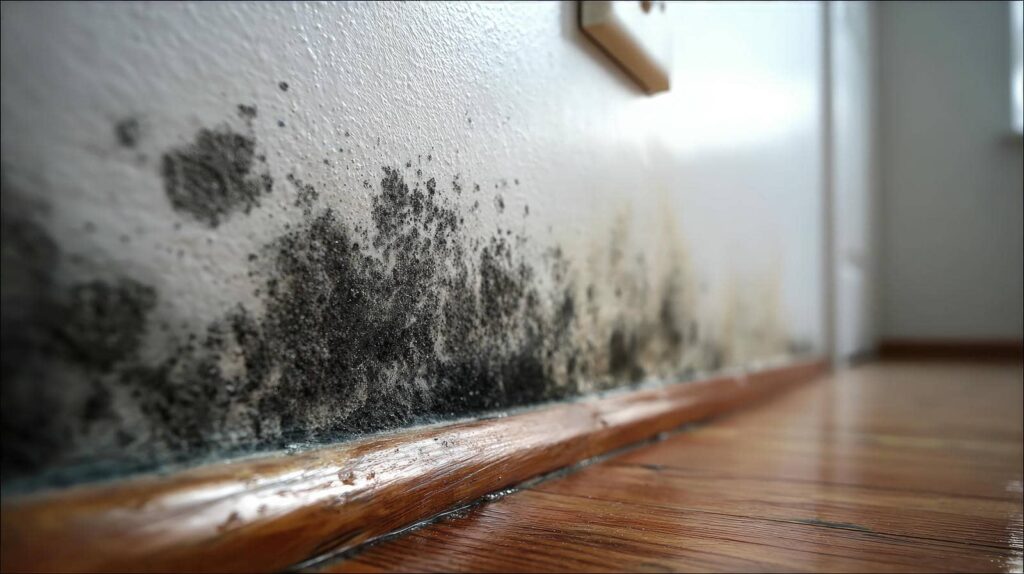Contents
When it comes to managing your home’s energy expenses, understanding the intricacies of insulation can make a world of difference. By mastering the art of maximizing your home’s thermal efficiency, you can access a range of benefits beyond cost savings. From choosing the right materials to pinpointing key areas for insulation, each step in this process holds the potential to transform your home into a haven of energy conservation. So, are you ready to discover the top 10 strategies that can transform the way you approach home insulation and its impact on your energy bills?
Key Takeaways
- Proper insulation reduces heat transfer, lowering energy bills.
- Sealing air leaks saves on heating and cooling costs.
- Attic insulation decreases heat loss, improving energy efficiency.
- Wall insulation retains heat, leading to savings annually.
- Floor insulation prevents heat loss, enhancing comfort and saving on energy bills.
Proper Insulation Type Selection
Selecting the appropriate type of insulation is vital in maximizing energy savings and maintaining a comfortable indoor environment. When considering insulation options, it’s essential to focus on insulation durability and the energy-saving benefits they offer.
Insulation durability refers to how well the insulation material can withstand wear and tear over time, ensuring long-lasting effectiveness in reducing heat transfer and preventing energy loss. Opting for durable insulation materials like fiberglass, cellulose, or spray foam can provide lasting insulation performance, ultimately leading to increased energy efficiency in your home.
The energy-saving benefits of proper insulation type selection are significant. By choosing the right insulation for your home, you can reduce the amount of heat that escapes during the winter and keeps out the heat during the summer. This results in lower energy consumption for heating and cooling, leading to cost savings on your energy bills.
Additionally, effective insulation helps maintain a consistent indoor temperature, reducing the need for frequent adjustments to your thermostat and enhancing overall comfort in your living spaces.
Sealing Air Leaks
To further enhance energy efficiency in your home, addressing air leaks by sealing them is essential. Air sealing involves closing up any gaps or cracks in your home’s structure that allow air to escape or enter. By properly sealing these leaks, you can prevent conditioned air from escaping, leading to significant energy savings and a more comfortable living environment.
Here is a table summarizing common areas where air leaks occur and how they can impact energy efficiency:
| Area of Air Leak | Impact on Energy Efficiency |
|---|---|
| Windows and Doors | Significant heat loss |
| Attic and Basement | Drafts and loss of cool air |
| Electrical Outlets | Air infiltration |
| Ductwork | Loss of heated/cooled air |
Addressing these air leaks through proper sealing techniques such as weatherstripping, caulking, and insulating can lead to substantial energy savings.
Attic Insulation Efficiency
Enhancing attic insulation efficiency has a significant impact on energy savings in your home by reducing heat loss and maintaining a consistent indoor temperature. Proper attic insulation offers multiple benefits, including decreased energy consumption and lower utility bills. By effectively insulating your attic, you create a barrier that prevents warm air from escaping during the winter and entering during the summer, resulting in significant energy savings throughout the year.
When considering attic insulation, installation tips play an important role in maximizing its efficiency. Ensuring that insulation is evenly distributed, without any gaps or compression, is essential. Additionally, sealing any air leaks in the attic before installing insulation can further enhance its performance. Proper installation techniques can make a significant difference in the overall effectiveness of attic insulation.
Cost considerations are also essential when evaluating attic insulation options. While the initial investment in high-quality insulation may seem challenging, the long-term energy savings it provides often outweigh the upfront costs. Comparing different insulation materials and their respective R-values can help you choose the most cost-effective option for your home.
Wall Insulation Importance
When it comes to your home’s energy efficiency, wall insulation plays a vital role. Properly insulated walls help retain heat during the winter months, leading to lower energy costs.
Understanding the different insulation material options available can help you make informed decisions to maximize your home’s energy savings.
Heat Retention Benefits
Proper wall insulation plays an essential role in reducing heat loss and maximizing energy efficiency in your home. By effectively insulating your walls, you create a barrier that helps retain heat during the colder months, ensuring your home stays warm and comfortable without overworking your heating system.
This improved heat retention not only enhances the overall energy efficiency of your home but also leads to significant cost savings on your energy bills.
According to the U.S. Department of Energy, heating and cooling is the largest energy expense for most American households. By investing in quality wall insulation, you can reduce the amount of heat that escapes your home, resulting in lower energy consumption and decreased heating costs.
In fact, studies show that proper insulation can save homeowners on heating and cooling expenses annually. So, by prioritizing heat retention through adequate wall insulation, you create a more comfortable living environment and make a smart financial decision that benefits both your wallet and the environment.
Energy Cost Reduction
Investing in quality wall insulation is a key factor in reducing energy costs for homeowners. By ensuring your walls are well insulated, you create a barrier that helps maintain a stable indoor temperature, reducing the workload on your heating and cooling systems. This directly translates to lower energy consumption and reduced utility bills.
Pairing wall insulation with energy-efficient appliances and programmable thermostats can further enhance your energy cost savings. Energy-efficient appliances consume less electricity, while programmable thermostats allow you to adjust temperatures based on your schedule, optimizing energy usage.
Moreover, considering renewable energy sources and smart home technology can also contribute to lowering energy expenses. Solar panels, for instance, harness clean and renewable energy, potentially reducing your reliance on traditional power sources. Smart home technology enables you to control your home’s energy consumption remotely, ensuring that energy isn’t wasted when you’re away.
Insulation Material Options
Selecting the appropriate insulation material for your walls is essential for maximizing energy efficiency and reducing utility costs in your home. When considering insulation material options, it’s important to conduct an insulation material comparison to determine which type best suits your needs. Different materials offer varying levels of energy savings and cost efficiency, so making an informed decision is key.
Fiberglass insulation, for example, is a popular choice known for its affordability and effectiveness in reducing heat transfer. On the other hand, spray foam insulation provides a higher R-value per inch, offering superior energy savings but at a higher initial cost. Other materials like cellulose insulation offer environmentally friendly options with good thermal performance.
To ensure you make the right choice, conduct a cost-efficiency analysis based on factors like your climate, budget, and long-term energy savings goals. By selecting the most suitable insulation type for your walls, you can greatly enhance your home’s energy efficiency and lower your utility bills.
Floor Insulation Benefits
Installing cost-effective floor insulation can lead to significant savings on your energy bills by preventing heat loss through the floor.
Not only does floor insulation help in reducing energy consumption, but it also enhances the overall comfort of your home by maintaining a consistent temperature throughout.
With improved insulation, you can enjoy a cozy living space while keeping your energy costs in check.
Cost-Effective Floor Insulation
Enhance your home’s energy efficiency and reduce utility costs with cost-effective floor insulation that provides added comfort and savings over time.
When considering floor insulation, you can enjoy soundproofing benefits by reducing noise transmission between floors. Installation options vary from batts and rolls to foam boards and loose-fill insulation, catering to different needs and budgets.
Opting for environmentally friendly materials like recycled denim, wool, or cork not only benefits the environment but also improves indoor air quality. DIY techniques such as sealing gaps and using weatherstripping can complement the insulation, enhancing its effectiveness.
By choosing cost-effective floor insulation, you not only save on energy bills but also contribute to a more eco-conscious lifestyle. Consider the long-term benefits of soundproofing, diverse installation choices, eco-friendly materials, and DIY methods when selecting floor insulation for your home.
It’s a practical investment that brings comfort, savings, and environmental awareness together.
Increased Home Comfort
Experience a noticeable increase in home comfort with proper floor insulation, providing a cozy and energy-efficient environment for your household.
Floor insulation plays an important role in temperature regulation within your home, keeping the floors warmer in winter and cooler in summer. By reducing heat loss through the floors, insulation helps maintain a more stable indoor temperature, creating a comfortable living space year-round.
Properly insulated floors contribute to energy efficiency by minimizing the need for constant heating or cooling to maintain a comfortable environment. This results in lower energy consumption and reduced utility bills. Additionally, improved energy efficiency can lead to a reduced carbon footprint, benefiting both your household and the environment.
Investing in floor insulation enhances your home’s comfort level and provides long-term cost savings and sustainability. By creating a barrier against external temperature fluctuations, floor insulation ensures that your living spaces remain cozy and energy-efficient, making your house a welcoming retreat for you and your family.
Insulate Ductwork Properly
Properly insulating your ductwork helps to prevent energy loss and ensures efficient airflow throughout your home. When it comes to ductwork maintenance and energy efficiency, insulating your ducts is an essential step in maximizing the performance of your HVAC system.
Here’s why duct insulation is vital for your home:
Energy Efficiency: Insulating your ductwork can greatly improve the energy efficiency of your heating and cooling system. By preventing heat loss in the winter and heat gain in the summer, you can reduce the workload on your HVAC system, leading to lower energy consumption and decreased utility bills.
HVAC Savings: Properly insulated ducts can help you save money on HVAC repairs and replacements. When your ductwork is well-insulated, your HVAC system doesn’t have to work as hard to maintain the desired temperature, resulting in less wear and tear on the system components and potentially extending the lifespan of your HVAC unit.
Improved Air Quality: In addition to energy savings, duct insulation can also enhance the air quality in your home. Insulating your ductwork helps to prevent dust, debris, and contaminants from entering the system, providing cleaner air for you and your family to breathe.
Window and Door Insulation
Seal those window gaps to prevent heat loss.
Weatherstrip your doors to keep cold drafts out.
Consider upgrading to energy-efficient windows for substantial long-term savings on your energy bills.
Making these simple adjustments to your window and door insulation can greatly enhance your home’s energy efficiency and reduce your heating and cooling costs over time.
Invest in these upgrades today to start seeing the benefits of a well-insulated home.
Seal Window Gaps
Check for and address any gaps around your windows and doors to ensure effective home insulation and energy savings. Weatherproofing your window frames and caulking window seams are important steps to prevent heat loss and drafts, ensuring your home stays cozy and energy-efficient.
To seal window gaps effectively, follow these tips:
Weatherproof Window Frames: Use weatherstripping materials to seal any gaps or cracks around the window frames. This will prevent cold air from entering and warm air from escaping, reducing the load on your heating system.
Caulk Window Seams: Inspect the seams where the window meets the wall and apply caulk to seal any openings. This simple step can greatly improve the insulation of your windows, helping you save on energy costs in the long run.
Install Draft Stoppers: Place draft stoppers along the bottom of doors and windows to further prevent cold air infiltration. These inexpensive tools can make a noticeable difference in maintaining a comfortable indoor temperature while lowering your energy bills.
Weatherstrip Doors Effectively
To effectively weatherstrip doors for improved insulation and energy efficiency, consider using high-quality materials designed to seal gaps and prevent air leaks. Weatherstrip maintenance plays an important role in preserving your home’s energy efficiency. Over time, weatherstripping can wear out, leading to gaps that allow warm or cool air to escape, resulting in higher energy bills.
By performing regular weatherstrip maintenance and replacing worn weatherstripping, you can enhance your home’s insulation and save on energy costs.
DIY weatherstrip installation is a cost-effective way to improve your home’s energy efficiency. With a variety of weatherstripping materials available, such as adhesive foam, V-seal, or door sweeps, you can choose the best option for your doors. Properly weatherstripping your doors can lead to significant savings potential on your energy bills.
Upgrade to Energy-Efficient Windows
Consider upgrading to energy-efficient windows to enhance your home’s insulation further and reduce energy costs. Energy-efficient windows not only improve the aesthetics of your home but also provide substantial energy savings.
Window Aesthetics:
Energy-efficient windows come in various styles and designs, allowing you to enhance your home’s overall look while also enjoying the benefits of improved insulation.Energy Savings:
By upgrading to eco-friendly window upgrades, you can greatly enhance your home’s energy efficiency. These windows are designed to minimize heat transfer, keeping your home warmer in winter and cooler in summer, reducing the load on your heating and cooling systems.Eco-Friendly Window Upgrades:
Investing in energy-efficient windows isn’t only beneficial for your wallet but also for the environment. These upgrades help reduce your carbon footprint by lowering energy consumption and greenhouse gas emissions. Make an eco-conscious choice while enjoying reduced energy bills with energy-efficient windows.
Garage Insulation Impact
Insulating your garage can greatly reduce energy loss and help maintain a comfortable temperature in your home throughout the year.
When it comes to garage temperature regulation, insulation plays an important role in creating a barrier against extreme outdoor temperatures. By insulating your garage, you can prevent heat from escaping during the winter and keep the space cooler in the summer, resulting in lower energy consumption for heating and cooling your home.
When considering garage insulation, it’s crucial to compare different insulation materials to determine the most effective option for your needs.
Common insulation materials for garages include fiberglass, foam board, and reflective insulation. Fiberglass insulation is cost-effective and easy to install, while foam board provides high levels of insulation and can help with moisture control. Reflective insulation is great for reducing radiant heat transfer, making it ideal for hot climates where the sun beats down on the garage.
Insulation Maintenance Tips
Regular maintenance is crucial to secure the effectiveness of your home insulation in saving on energy bills. To make certain your insulation continues to perform at its best, here are some key maintenance tips:
Inspect for Damage: Regularly check your insulation for any signs of wear and tear such as moisture damage, mold growth, or pest infestations. Timely insulation repair can prevent energy loss and maintain efficiency.
Seal Air Leaks: Inspect doors, windows, and any openings in your home for air leaks. Sealing these gaps with weatherstripping or caulk can enhance your insulation’s performance, leading to significant energy savings.
Monitor Insulation Depth: Over time, insulation can settle, reducing its effectiveness. Periodically check the insulation depth in your attic, walls, and floors, and add more insulation as needed to ensure efficient energy use.
Insulation Upgrade Considerations
Enhance your home’s energy efficiency by evaluating key factors for a successful insulation upgrade. When considering an insulation upgrade, two essential factors to keep in mind are insulation thickness and cost.
To assist you in making an informed decision, here is a table outlining the considerations for your insulation upgrade:
| Consideration | Description | Importance |
|---|---|---|
| Insulation Thickness | Ideal thickness ensures maximum efficiency | High |
| Cost | Balancing upfront costs with long-term savings | Medium |
| DIY Insulation Installation | Potential savings but consider complexity | Medium |
Insulation thickness plays an important role in maximizing the efficiency of your insulation. The right thickness will ensure that your home maintains a consistent temperature, reducing the workload on your heating or cooling systems. While thicker insulation may come with a higher upfront cost, the long-term energy savings often outweigh the initial investment.
Consider the option of a DIY insulation installation to save on labor costs potentially. However, keep in mind the complexity of the task and ensure you have the necessary skills and tools for a successful installation. By carefully evaluating insulation thickness and cost, along with the feasibility of a DIY installation, you can make an informed decision that enhances your home’s energy efficiency and saves on energy bills.
Summary
You can save on energy bills annually by selecting the appropriate insulation type, sealing air leaks, and adequately insulating key areas like the attic, walls, and floors.
Don’t overlook the importance of maintaining and upgrading your insulation to ensure maximum efficiency.
Remember, a well-insulated home isn’t only energy-efficient and provides a comfortable living environment for you and your family.




